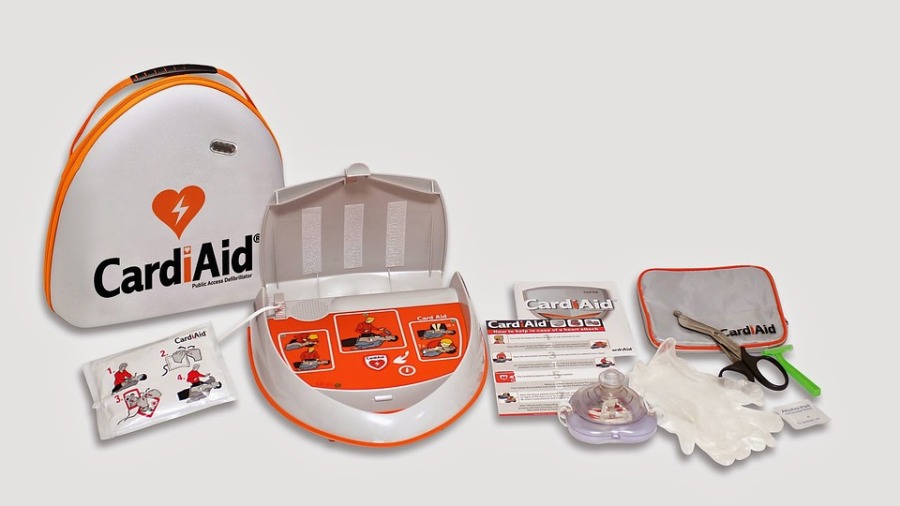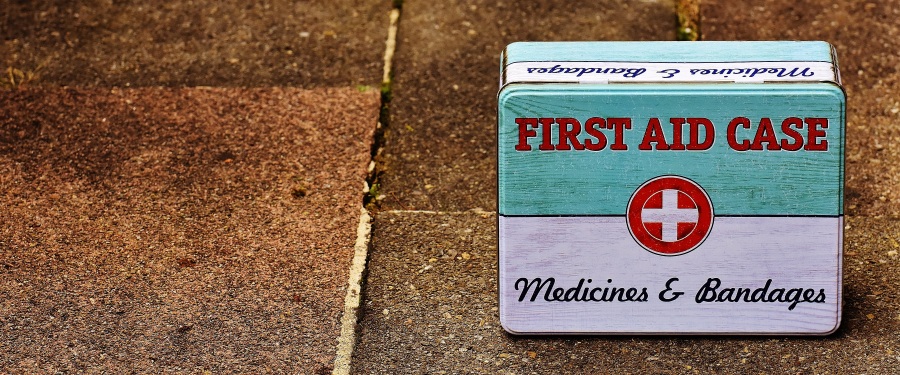When it comes to emergencies, there are some first aid practices one must know perfectly. Otherwise, anyone can feel helpless during performing CPR or might feel confused when trying to use some resuscitation devices. If going through AED and first aid certification, the most important practices you should be aware of are the following.
Patient’s status check
If it seems like a typical day, and suddenly someone at home or work just faints, the first task you will need to do is assess whether you are in an emergent situation or not. How to know? Reading your AED and first aid certification course manual will allow you to know what to ask or what to do in that situation, and how to find out what is happening to the patient. It is okay to feel fear or stress when this happens, but almost always the easiest option is the best, so just relax.
Emergency Oxygen Delivery
Before starting any other procedure, you need to know the basics about oxygen. Oxygen is what the heart, the brain, and the other organs use to live. When a person undergoes a cardiac arrest or a heart attack, his body stops breathing and hence, oxygen stops entering the body. As a consequence, the organs begin to damage because of the lack of oxygen, so the earlier you deliver emergency oxygen, the less the heart or the brain will suffer injuries.
There are some facts you need to be aware of before administering emergency oxygen. You may take a look at American Heart Association (AHA) or American Red Cross (ARC) AED and first aid certification manuals, and you will find some fact sheets or videos where you will learn when to do it, and the different manner to deliver oxygen to a patient.
If you do not know how to handle medical oxygen at all, you should better stay away from it since it is a flammable gas, and handling it without the necessary precautions can harm you, the patient, and the environment.
Giving CPR (Cardiopulmonary Resuscitation)
Moreover, here comes the interesting part. CPR is an essential skill you will need to practice during an AED and first aid certification course. You will need to keep the patient’s heart beating so that the oxygen you will be administering reaches all of the vital organs.
It may look simple to do, but it is not. There are some parameters you need to be aware of when delivering CPR, for example where to push (and why), the intensity of the chest compressions, how often, and when to exchange roles with the other participants (if applicable).
In the beginning, it might look hard to do, so take your time and just practice, do not get disappointed. Practicing in groups helps to fix common errors during the practice.
AED utilization
What is this? AED means Automatic External Defibrillator. When a cardiac arrest happens, the heart is not working properly (but it is still working) because abnormal movements substitute regular beats; this condition is called “Ventricular Fibrillation” (also known as V-Fib or VF). The abnormal movements are not strong enough to pump the heart’s blood, and this is why it does not reach the vital organs.
The good news is there is a manner to stop V-Fib and restore the normal heart beating and blood flow. How? Using an AED is the correct answer. An AED is an electrical device that delivers electrical discharges to the heart through the body. It consists of a generator, some wires, and two pads. There is a particular manner to use an AED since there are specific points when you need to place the pads and some energy intensities you will need to use during CPR.
All the AED and first aid certification courses teach how to use an AED and the best practice guidelines to use this device since there will be situations where an AED will be helpless (another disease than V-Fib, for example).
Airway Adjuncts Utilization
Besides delivering chest compressions or using an AED, managing the patient’s airway is the second most important thing, because if there is enough blood flow but oxygen can not reach the lungs, the patient will be at risk of suffering a heart attack or a stroke.
During your AED and first aid certification, you will learn how to know if the patient is breathing properly, and how to handle the most significant airway adjuncts (for example cannulas, tubes, bags, and others). Just like chest compressions, these skills require pretty much practice and effort.
Suctioning
Sometimes using airway adjuncts is not enough to manage the patient’s airway because there is an excess of secretions within the lungs or the trachea that is blocking the oxygen enter. If this happens, you will need to suction as much fluid as you can to make sure the airway is free.
References
American Red Cross First Aid/CPR/AED Participant’s Manual
American Red Cross Participant Material




